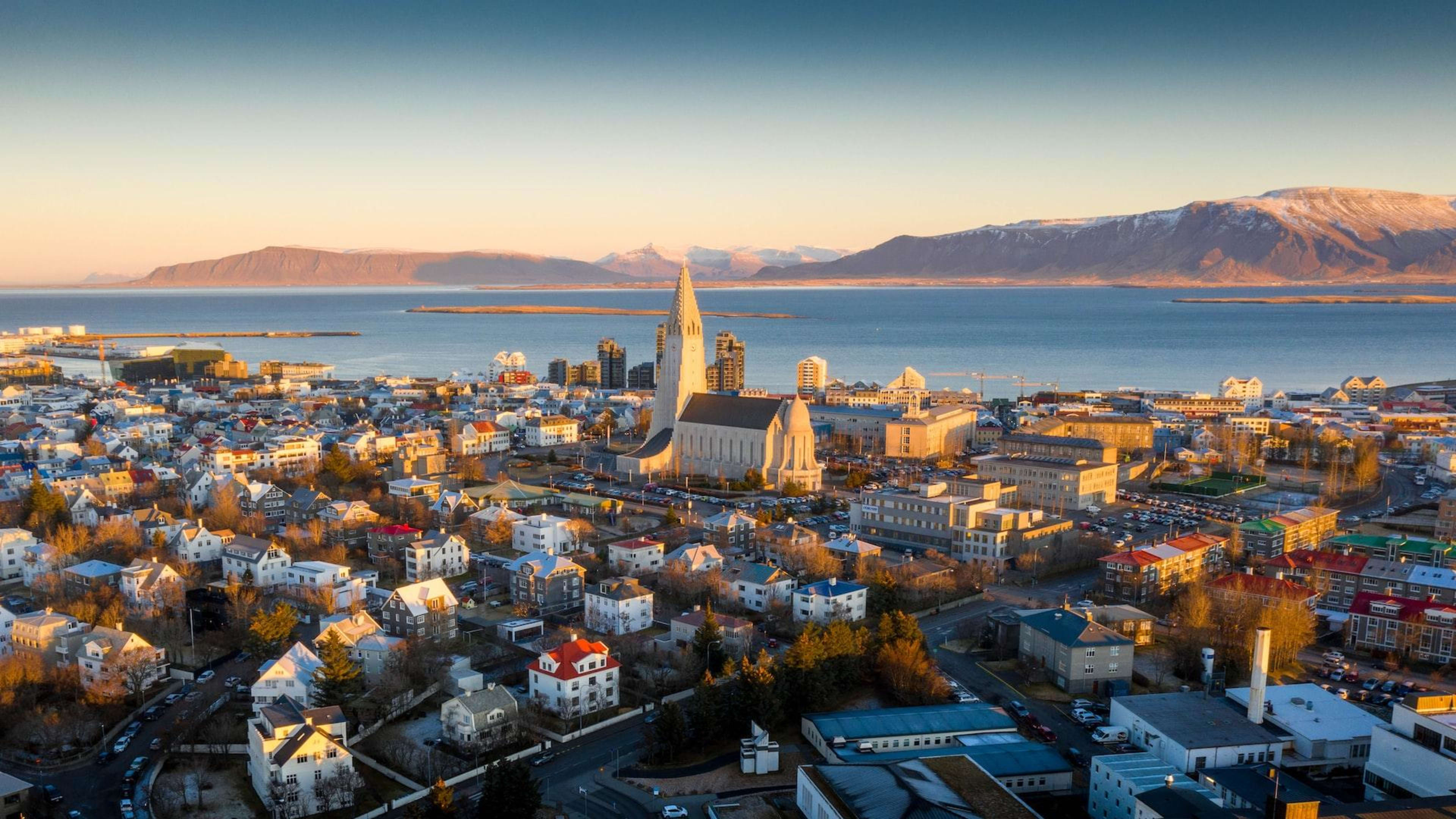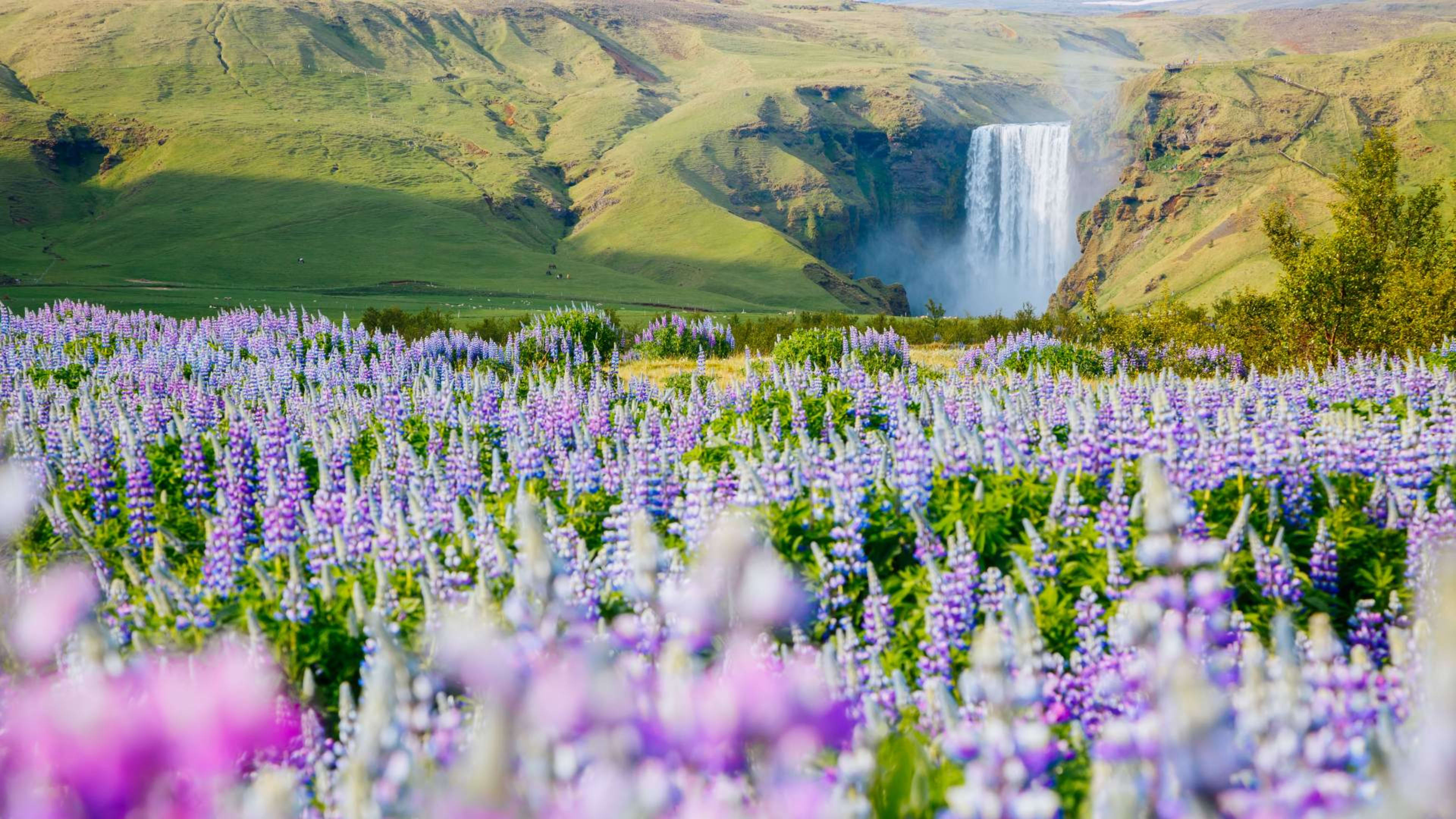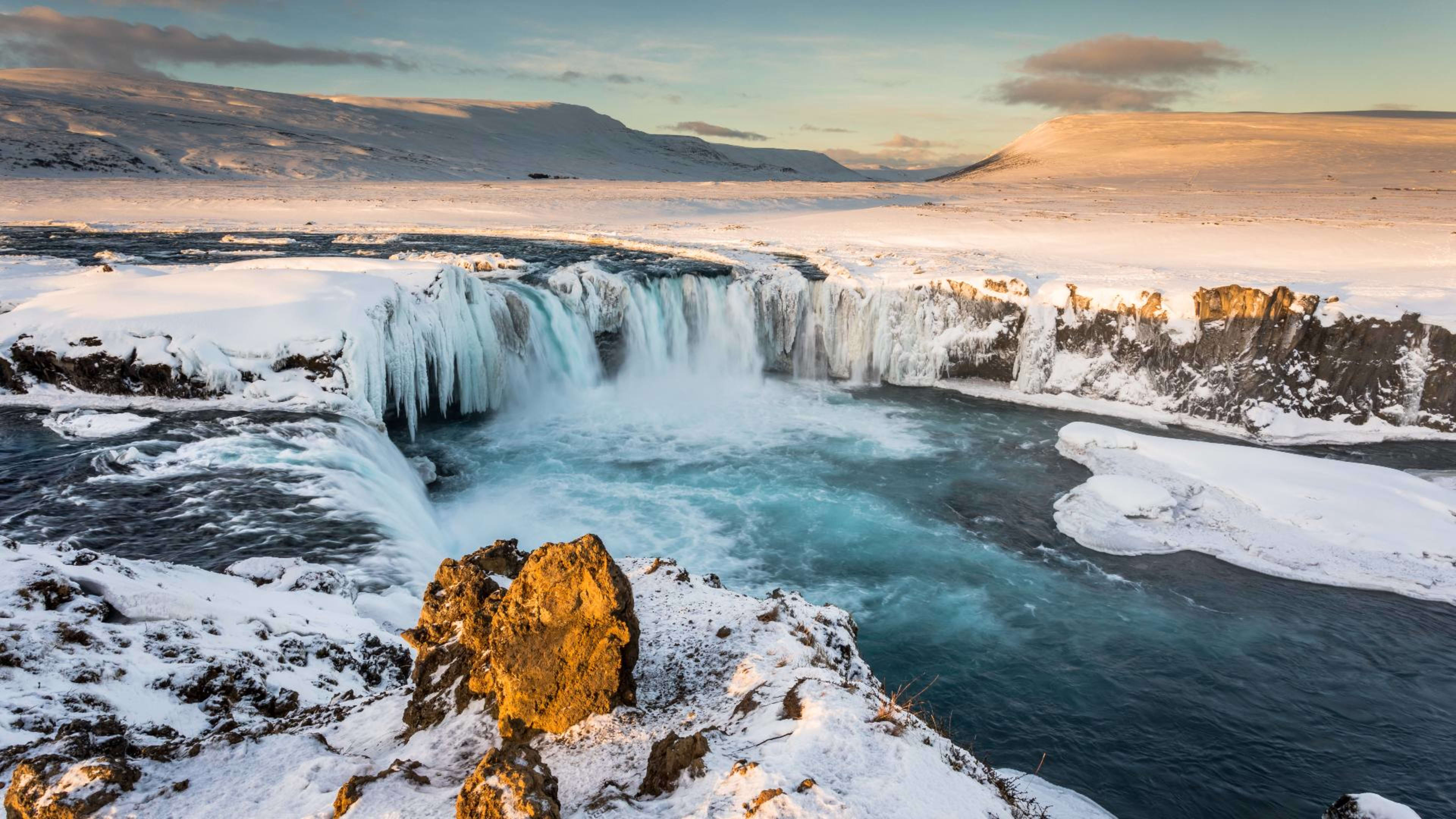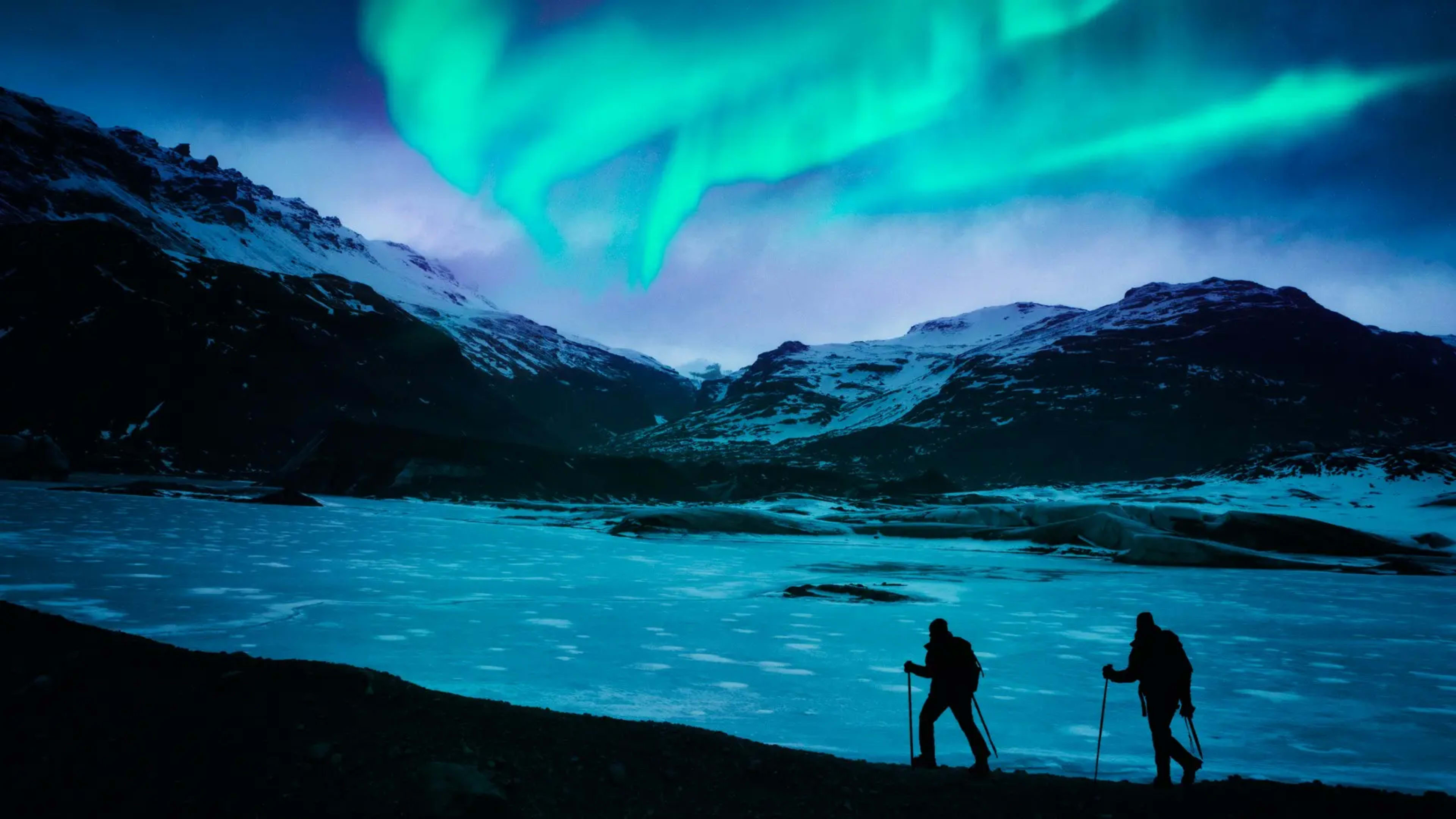Have you ever dreamed of visiting Iceland? A trip here can be a truly magical experience, without a doubt, but this naturally raises the question: should you go in summer or winter?
The short answer is that there is no definitive ‘best time’ to visit Iceland, as it all depends on what you want to experience. You might be keen for the best weather, the Northern Lights, or something else. The truth is, there’s so much to see! So considering the opportunities in Iceland in summer vs. winter is crucial.
Fortunately, our travel experts are on hand to help you decide when to take your vacation. So read on to find out the reasons for exploring Iceland in summer or winter.
- Discover these winter and summer vacation packages.
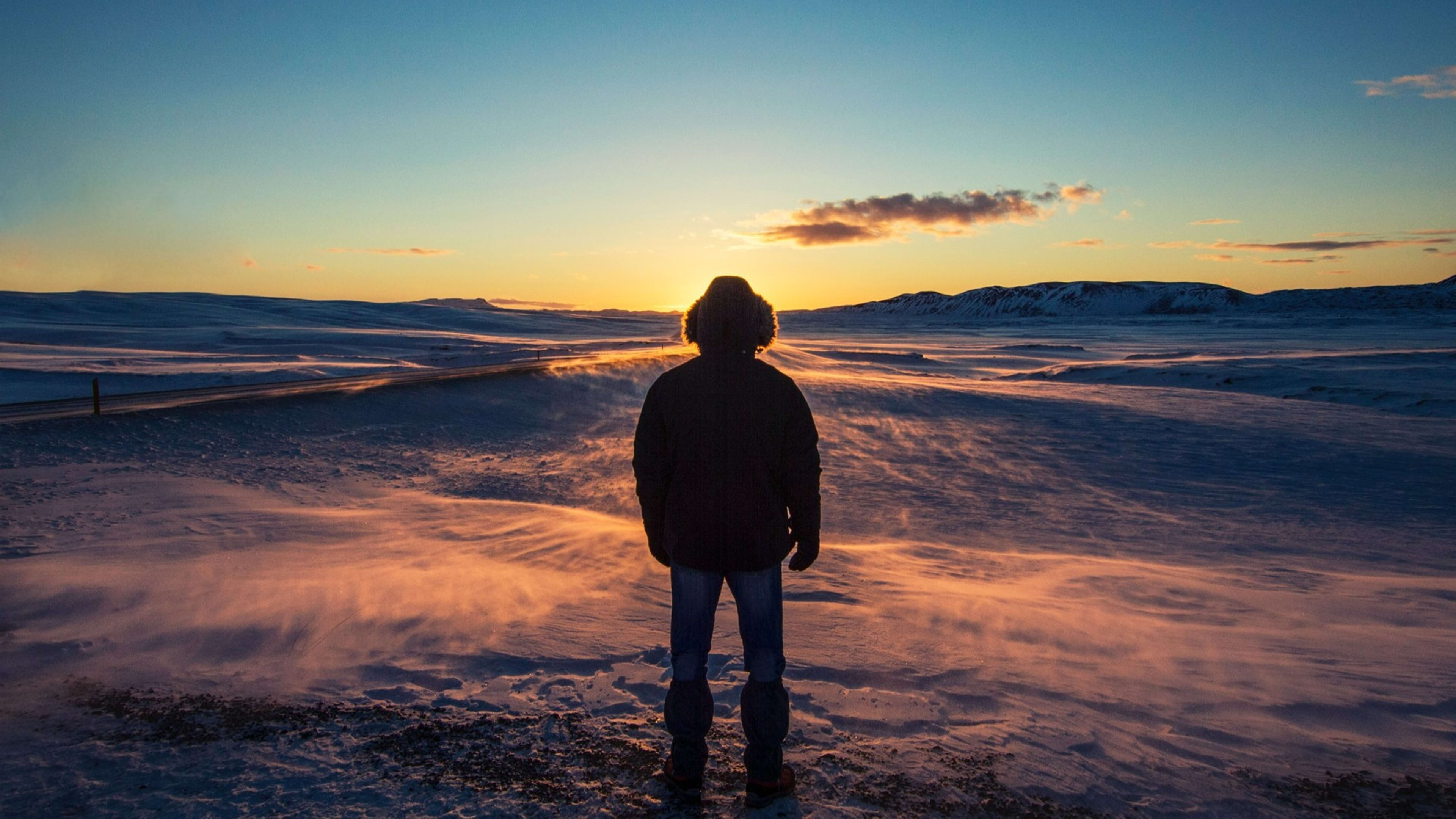
Is Iceland better in summer or winter?
Planning a holiday in Iceland is an exciting decision. And, for many, the obvious choice here is to visit Iceland in the summer. However, it’s important to recognize that summer isn’t the only option, as winter has its own draw too.
Luckily, whether you choose to visit Iceland in winter or summer, there are always going to be beautiful natural attractions and cool cultural experiences waiting for you.
What to know about Iceland in summer
The months of June, July, and August bring the mildest weather to Iceland. The average temperatures are between 10–13°C (50–55°F), with some warm days in the low 20s (68–77°F). And there’s generally less precipitation.
Another awesome thing about Iceland in summer is that you get the longest daylight hours of the year. This means you can explore for longer, as the day stretches on and on!
- Get the lowdown on the weather in Iceland.
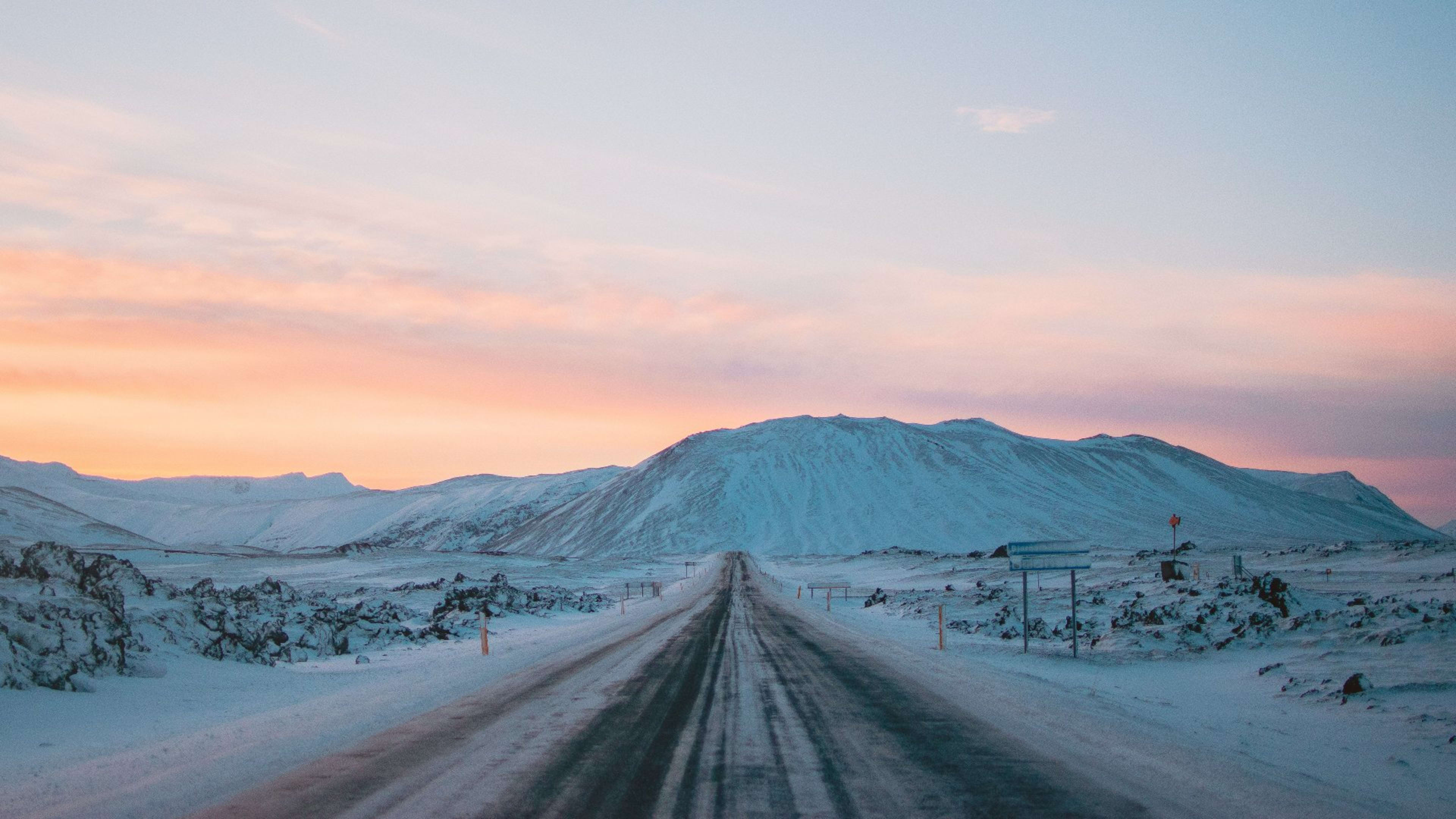
What to know about Iceland in winter
In Iceland, the winter season usually begins in October or November and lasts until March or April. The coldest months are December, January, and February, with average temperatures of around -2°C (28°F).
It’s not as freezing in winter here as you might expect – especially given the ‘ice’ in the name ‘Iceland’! The reason is that the Gulf Stream tempers the climate. But you should always be prepared to experience multiple seasons in one day, including snow, rain, wind, sun, and storms.
Want to know something really cool about Iceland in winter? It’s the best time to visit Iceland for Northern Lights. But more on that later!
- Find out about winter weather and what to pack.
The best things to do during an Icelandic summer
So, you’re thinking about exploring Iceland during the summer? This time of year offers a massive appeal for many people. There are some pretty special activities you’ll definitely want to make the most of during the warmest season in Iceland.

1. Discover the midnight sun’s beauty
We’re generally used to the established norms of sunset and sunrise. But did you know this isn’t actually as firmly defined in Iceland?
Indeed, since Iceland is located so far north, the sun doesn’t ever seem to fully dip below the horizon during the summer. This undeniably makes for a truly breathtaking sight. Even if only for one night, be sure to stay up later to see this intriguing phenomenon.
- Explore these adventure tours in Iceland.
- Related: Midnight Sun in Iceland – Your Guide.
2. Go whale and puffin watching
Iceland’s whales return home every summer to the country’s crystal clear waters. There are many different species here, including minke, humpback, sperm, bowhead, beluga, and blue whales. You can head off on a whale-watching cruise during Iceland’s summer months.
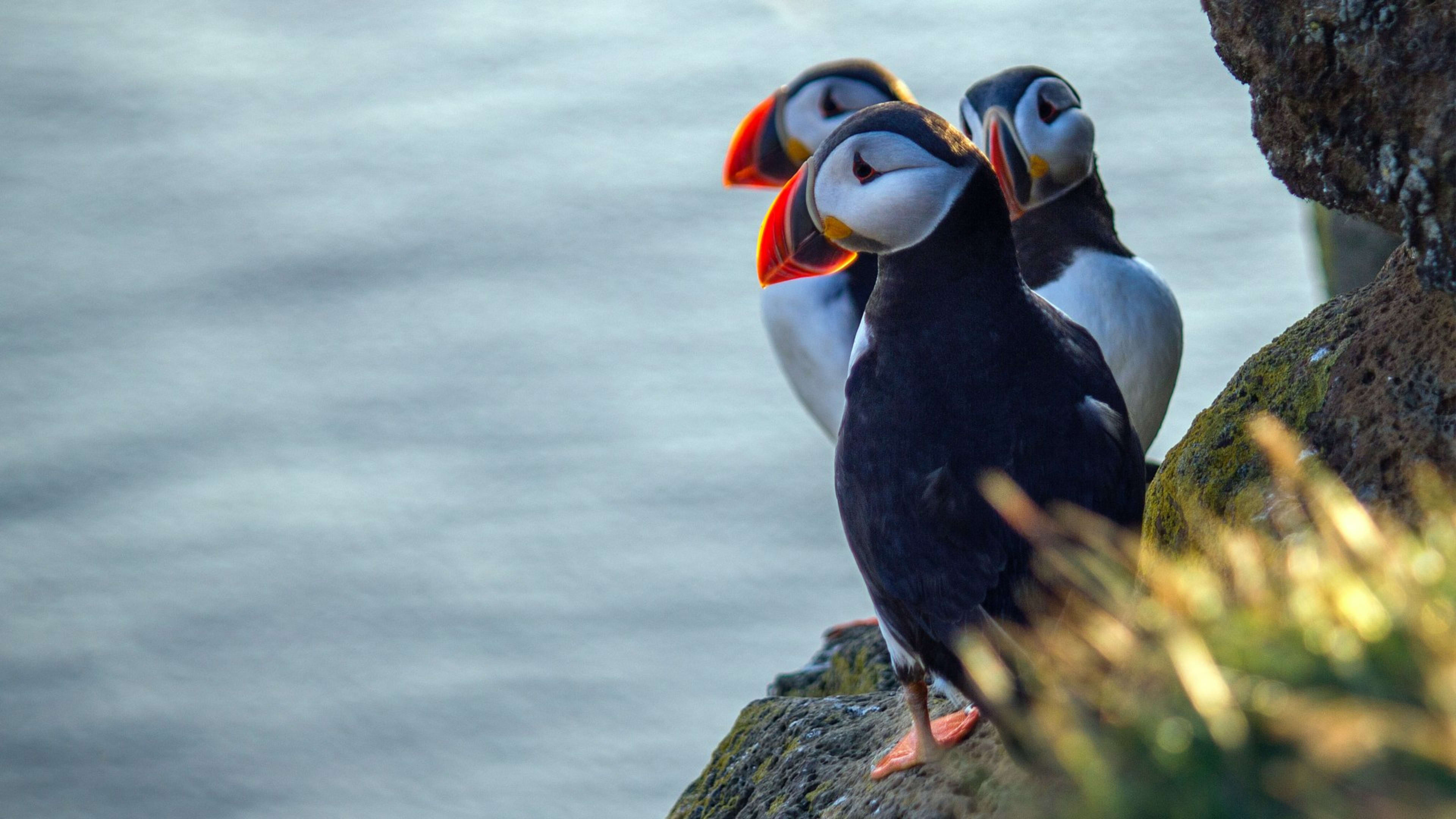
Another creature that flocks to Iceland in summer is the puffin. They’re such cute characters and they seem to love Iceland, which is why they’ve become a national symbol. If you want to witness them for yourself, you can check out the best places to see puffins in Iceland.
Watching whales and puffins free in their natural habitat is truly a delightful, once-in-a-lifetime experience. Very few other locations can offer this sort of opportunity, making it well worth considering during your trip.
- Related: Your guide to whale watching in Iceland.
3. Discover Iceland’s national parks
Did you know that Iceland has 3 stunning national parks that are classed as UNESCO world heritage sites? These are Þingvellir, which is part of the Golden Circle route, plus Snæfellsjökull and Vatnajökull.
Any of these three breathtaking sights is well worth a visit. But the Vatnajökull National Park is especially notable for its unique ‘fire and ice’ dynamic. The region has 10 volcanoes, two of which are especially active.
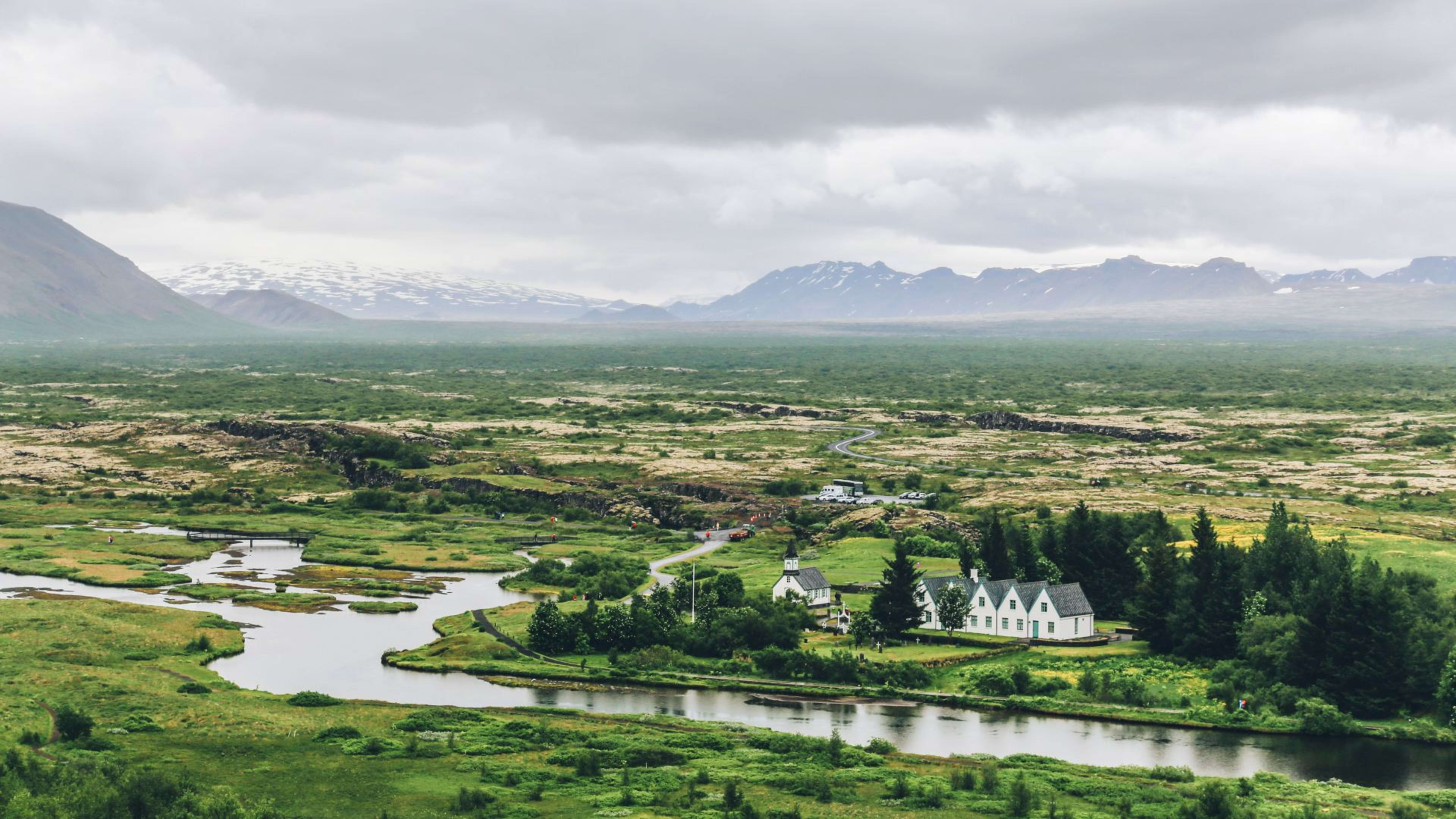
It seems like something of a contradiction considering the otherwise icy nature of the regions. Of course, this only makes it all the more awe-inspiring if you ask us. And so, we would strongly recommend visiting during your time in Iceland.
- Learn more about discovering Iceland in May or September, the shoulder season.
- Related: Best things to see and do on Iceland's south coast.
4. Explore off the beaten path
The mild summer weather has another plus, aside from the obvious. It allows you to reach some of the more hidden-gem spots of Iceland. That’s because mountain roads (or F-roads as they are called here) are open in summer, and have to close in winter due to the weather.
So that means you can venture off the beaten path to wild and captivating places like the Westfjords and the central highlands. You can go where fewer visitors tend to explore and have more gorgeous Icelandic scenery to yourself.
Or you could just spend longer touring the Ring Road as you circumnavigate the entire island!
- Rent a car in summer and take a self-drive tour in Iceland.
- Related: Iceland in Spring – Your Guide.
The best things to do in Iceland in winter
What is there to do in wintertime in Iceland? Much more than you might’ve guessed!

1. Watch the Northern Lights
The aurora borealis is truly an exceptional natural phenomenon. But it’s much easier to see during the winter months. As such, if you’ve always dreamed of seeing the dancing lights, visiting Iceland in winter is ideal for you.
While you can potentially still see the Northern Lights in Iceland during the summer, the opportunities are more limited. That’s because the skies in summer are too light to spot them. The darker the sky, the more clearly they will shine for you.
What exactly is the Aurora Borealis, you ask? The Northern Lights are caused by highly charged solar wind particles coming directly from the sun. When these collide with the Earth’s atmosphere and air molecules, their energy is rapidly changed into an awe-inspiring light display.
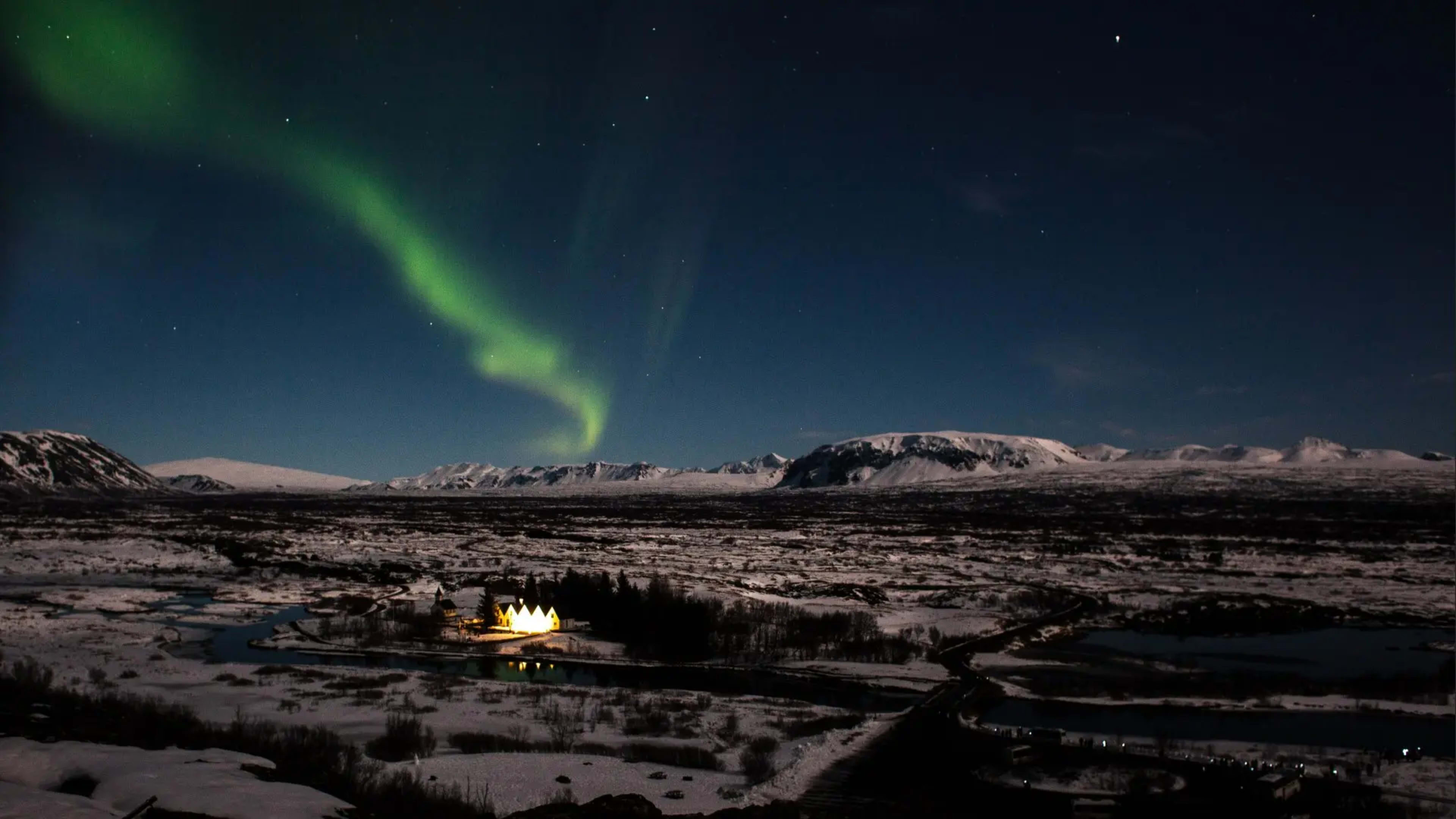
It’s definitely something everyone deserves the chance to see once in their life. But since the Northern Lights only occur around converging magnetic fields, you’ll only see them in very specific locations. As such, you’ll want to visit Iceland to take in these amazing sights.
- Witness the Auroras on a Northern Lights tour in Iceland in winter.
2. Explore icy wonders
The crisp Icelandic winter air is the perfect accompaniment for soaking up Iceland’s icy side. It’s up to you whether you want to explore the mind-boggling ice cave system, impressive glaciers, or stunning frozen waterfalls. Or why not all of the above?
At Langjökull glacier, you can snowmobile on it, or walk inside it. Man-made tunnels have been carved out so that you can see what it’s like deep within an Icelandic glacier.
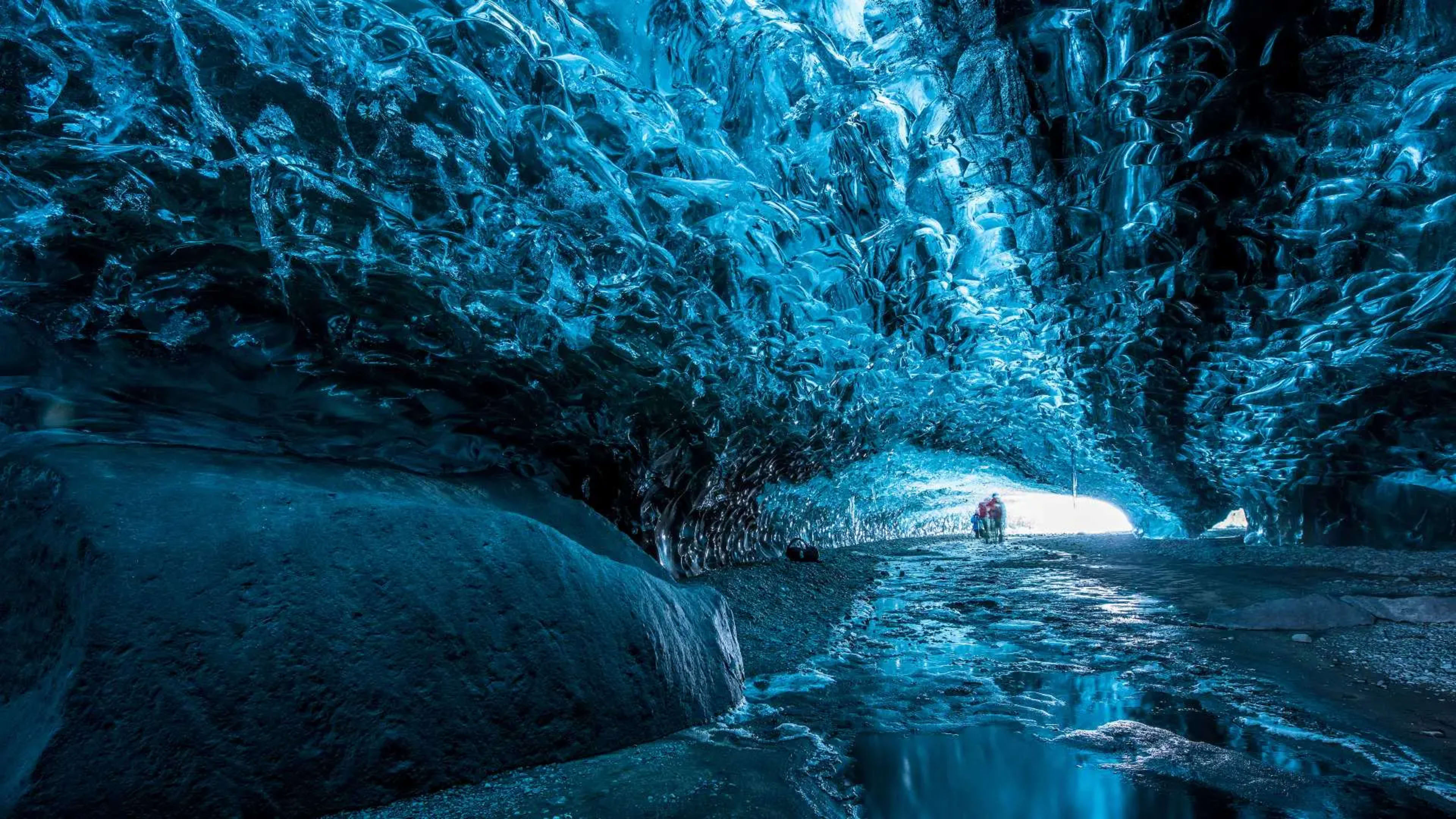
There are naturally formed ice caves in Iceland too. The glacial waters freeze over each winter and create blue caverns that you can walk through. This is a perfect winter wonderland setting that makes for a totally unusual experience.
- Find your perfect Iceland ice cave tour package.
3. Celebrate Christmas or New Year’s
Prepare for a festive season to remember when you explore Iceland in December. Imagine experiencing local Christmas traditions, seeing all the twinkling lights in Reykjavík, and marveling at natural wonders too.
Iceland is a very special place during the holidays. For many of the locals, it’s the best time of the year. But even the run-up to the celebrations is a magical time – visit in the weeks leading up to it and you’ll see why. Expect an exciting atmosphere and pretty decorations galore.

As for New Year’s in Reykjavík, you should get ready for an epic celebration. Think community bonfires, fireworks, and of course, lots of parties!
- Check out these Christmas tours and New Year’s packages in Iceland.
4. Discover the delight of natural hot springs
Few things are more inviting when the weather is cold than submerging yourself in the warmth of a natural hot spring or geothermal pool. Fortunately, this is something you can indulge in when you visit Iceland in the winter.
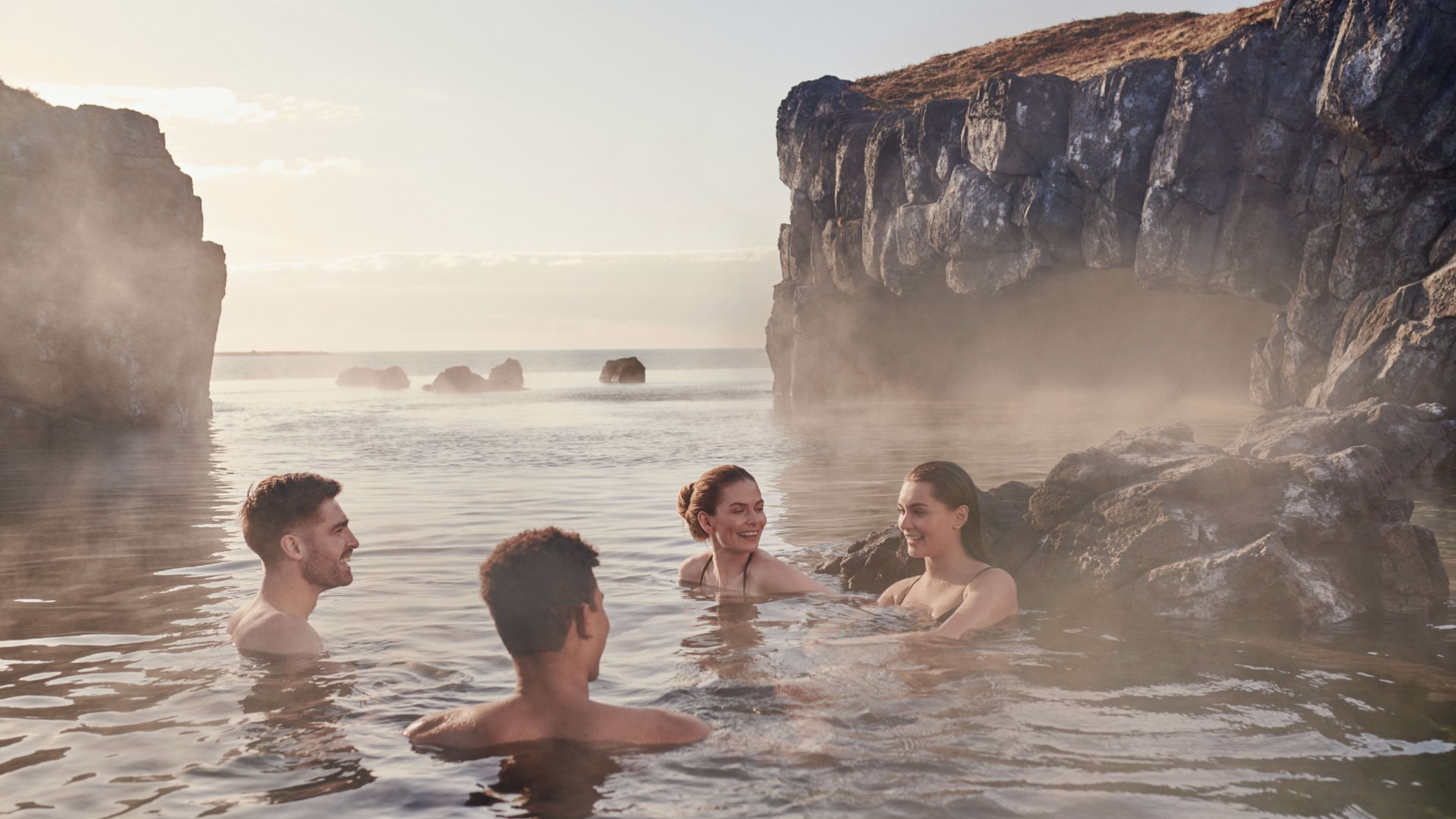
Iceland’s hot springs are generally as warm as a hot bath, between 36–40°C (97–104°F) in temperature. They’re the perfect way to warm up and relax after a long day of outdoor adventures, for sure. But that’s not to say you can’t still delight in Iceland’s divine hot springs in the summer, too!
Iceland’s exceptional Blue Lagoon is undoubtedly the most popular geothermal pool. Widely believed to have healing waters, it’s a relaxing destination in which you’re sure to feel pampered.
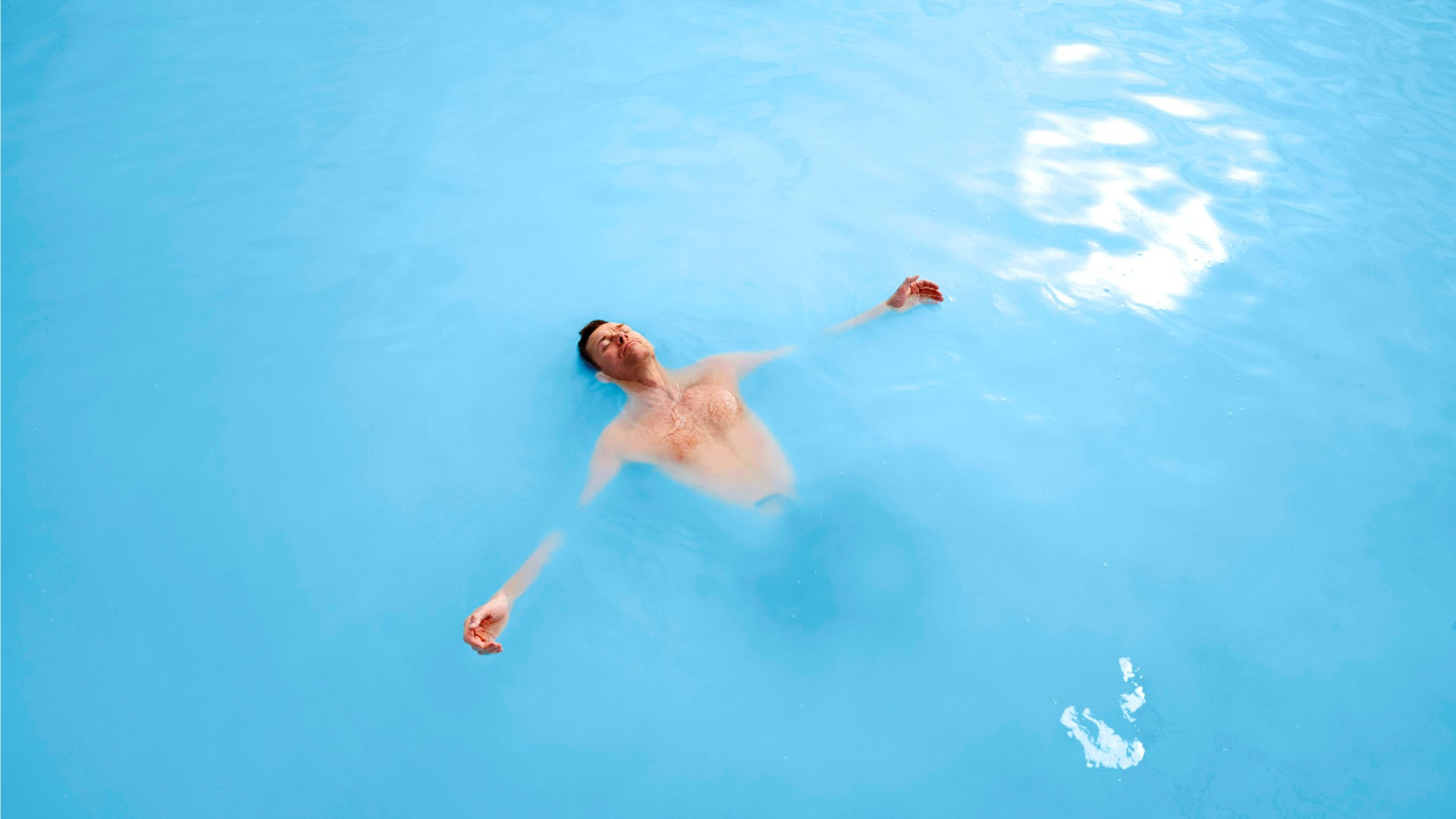
Hopefully, this should inspire you for when to take your perfect Iceland trip. But remember, if you’re wondering, “Is Iceland better in summer or winter?” there’s no single answer. It really just depends on what you’ve dreamed of seeing!
There are different ways for you to travel. Take your pick from self-drive tours, multi-day trips, guided group vacations, or private packages. If you’re looking for a road trip in the cooler months, check out these dedicated self-drive winter tours.
So why not get started now?

